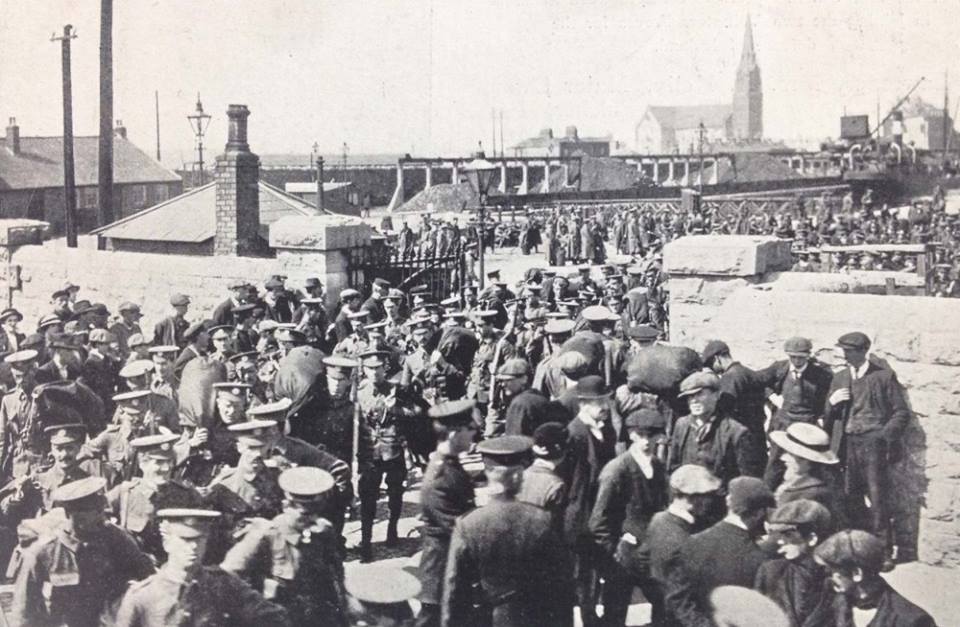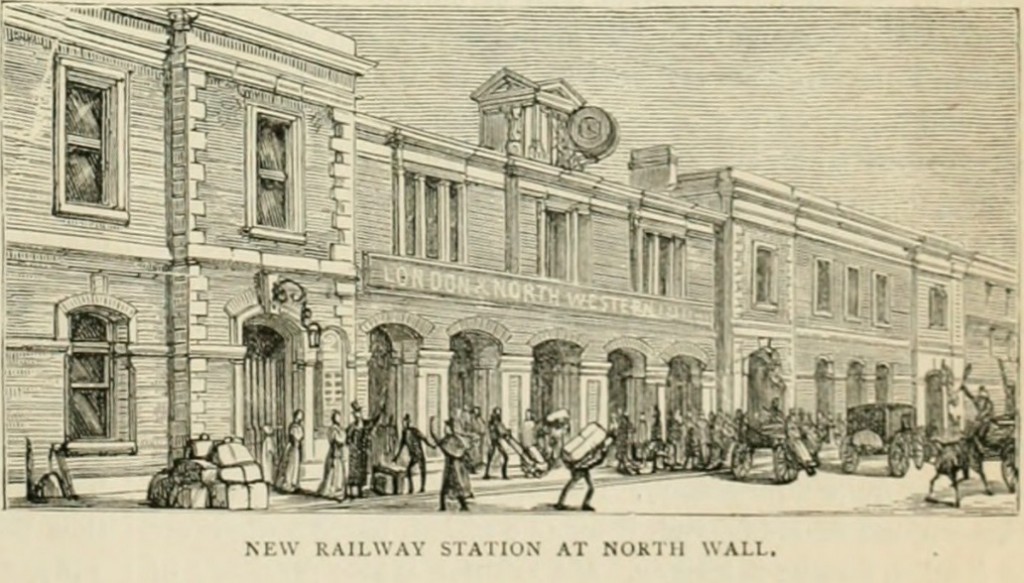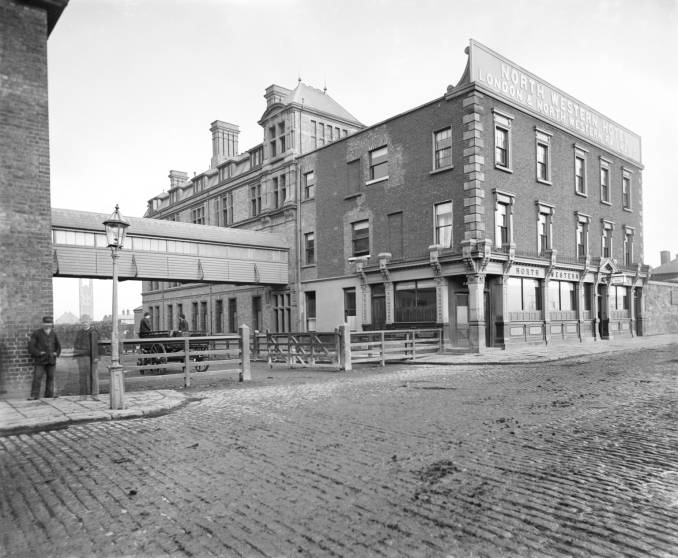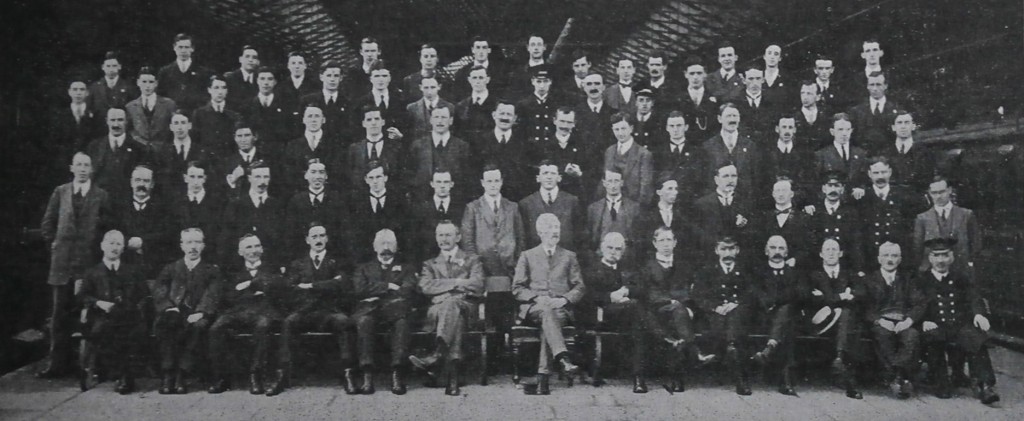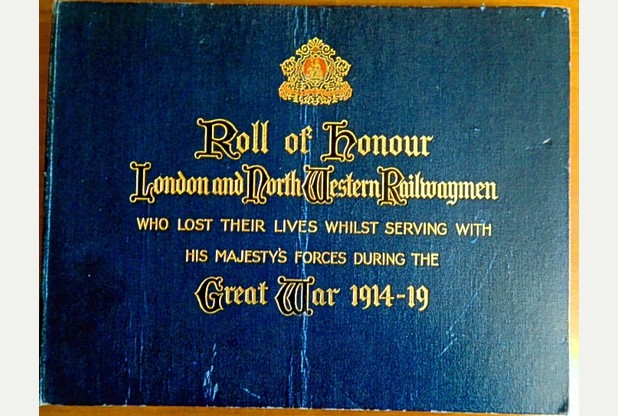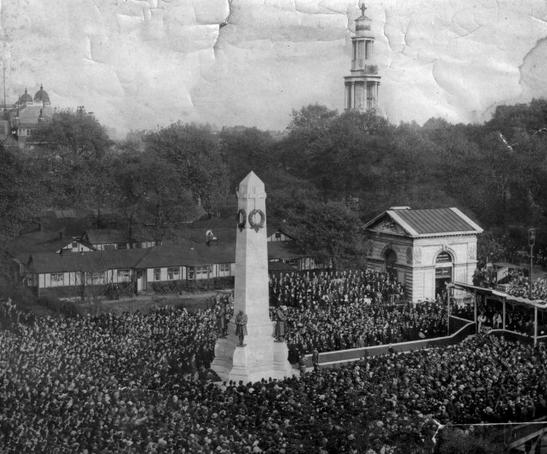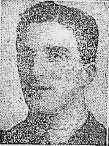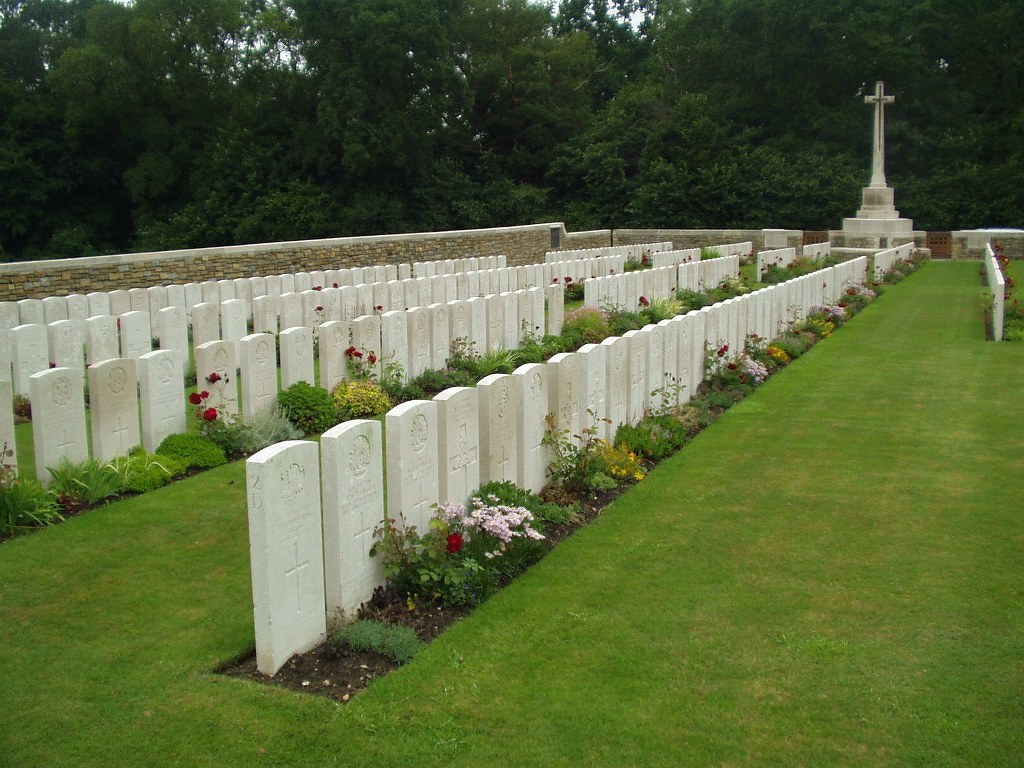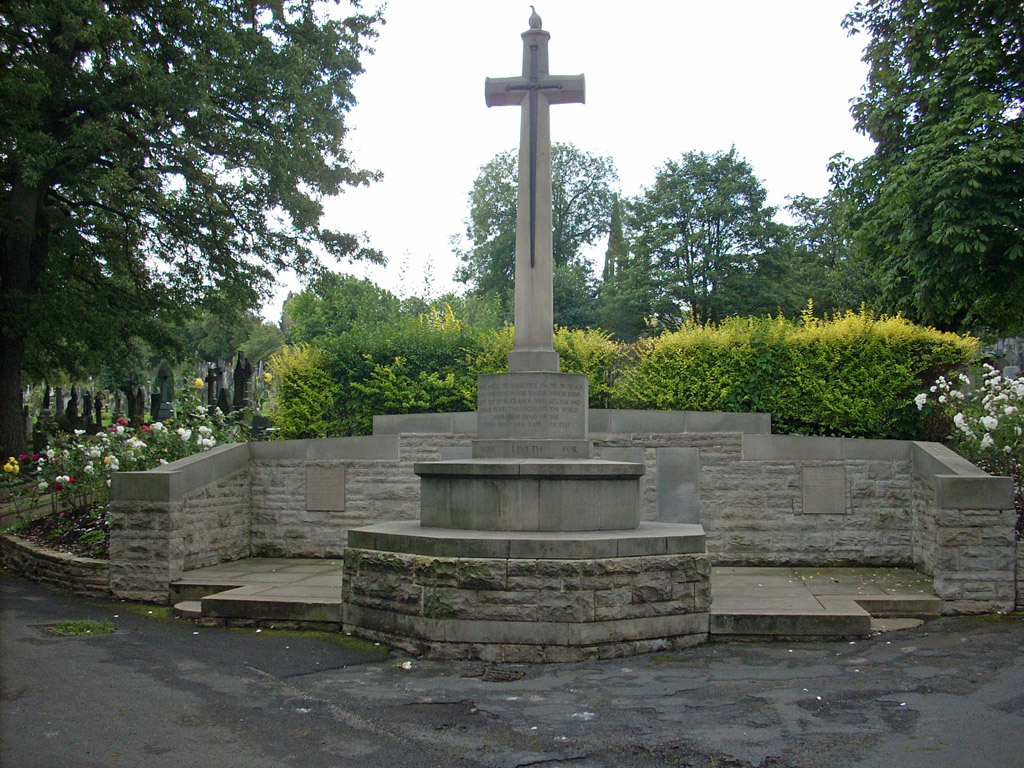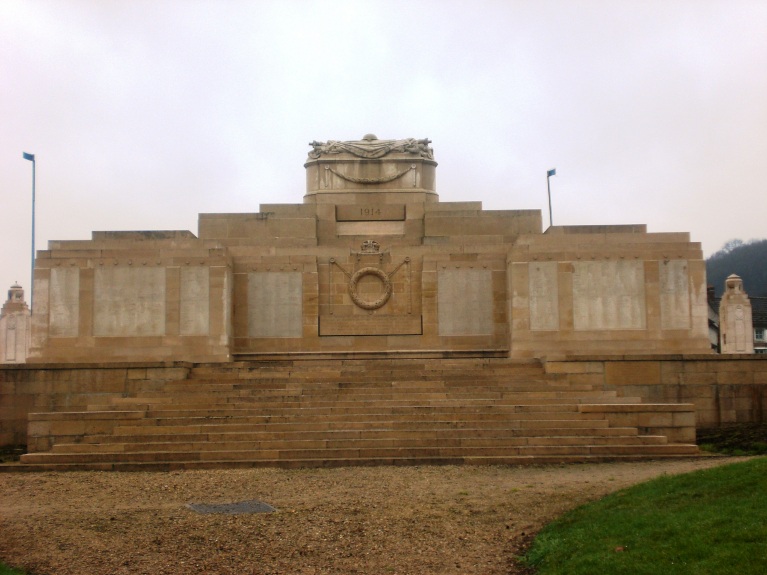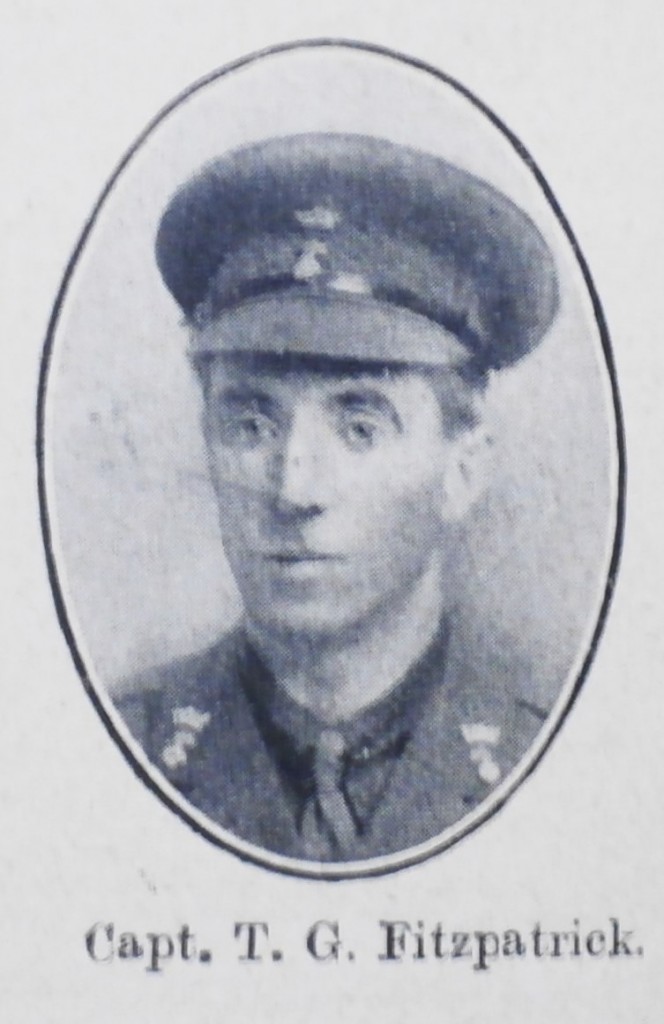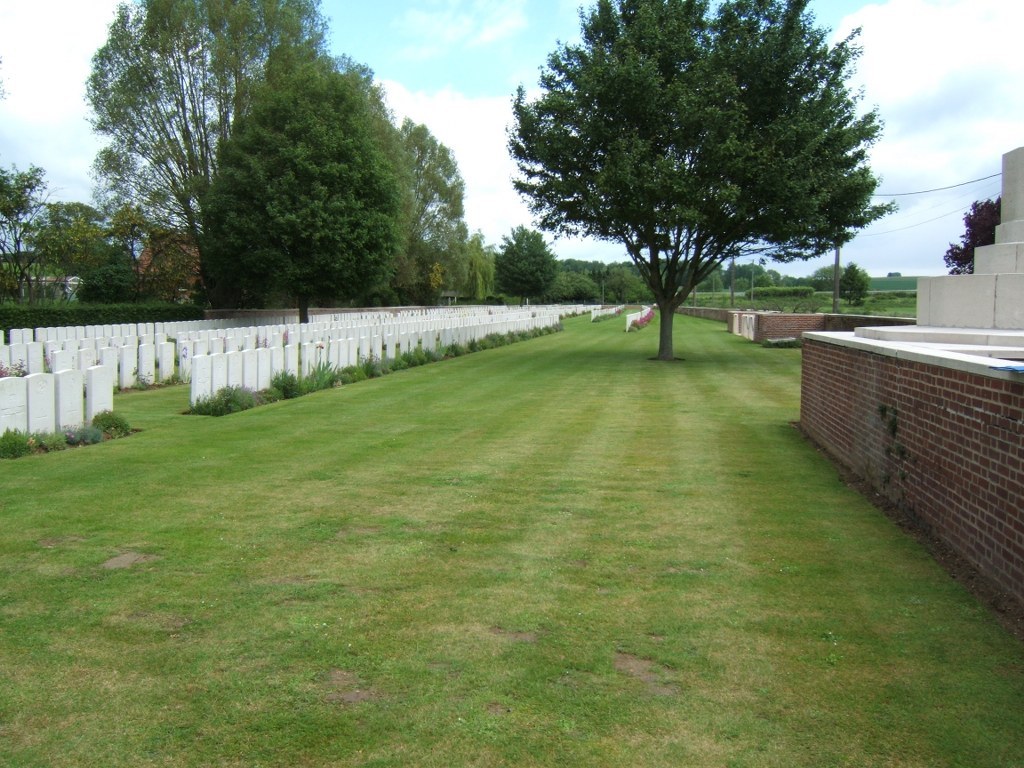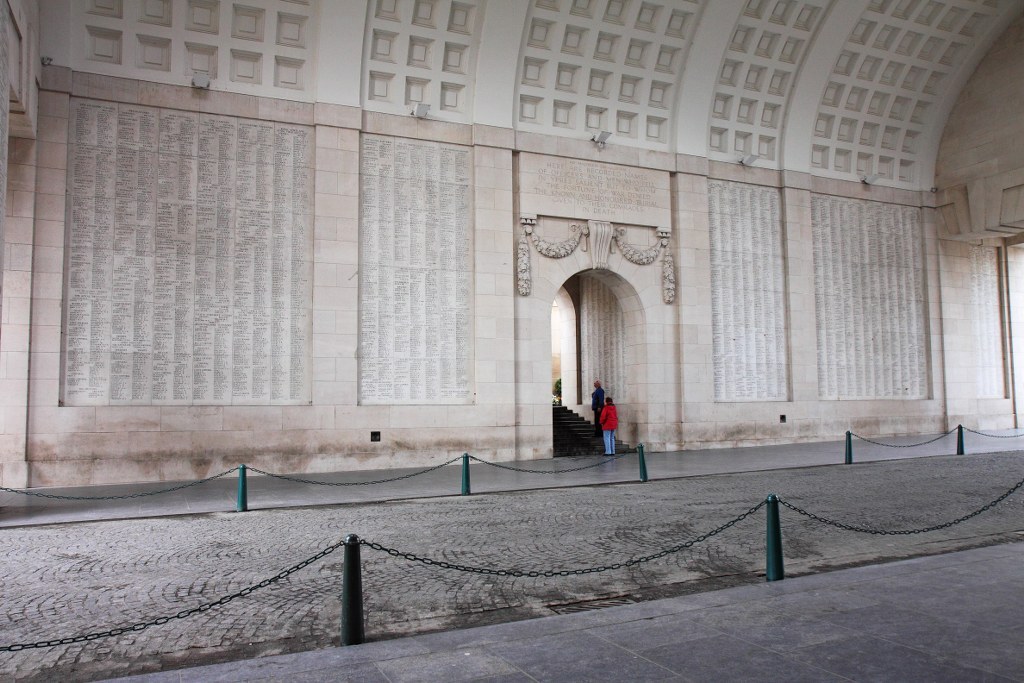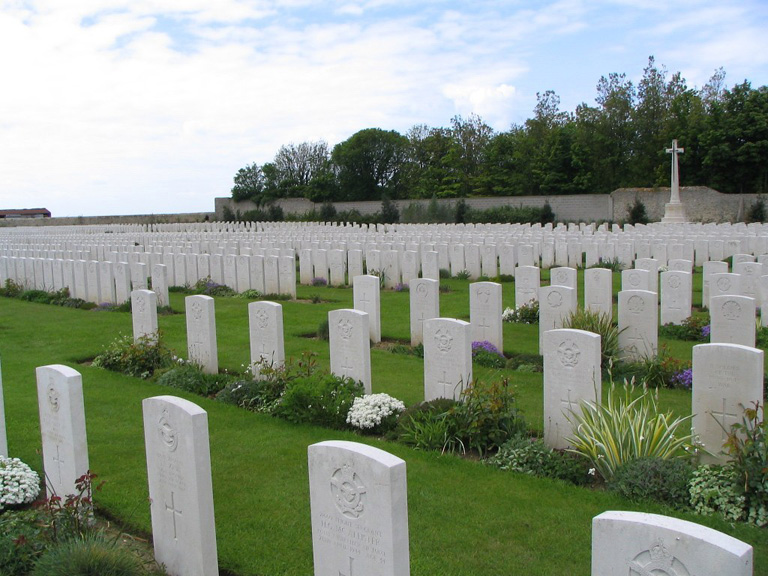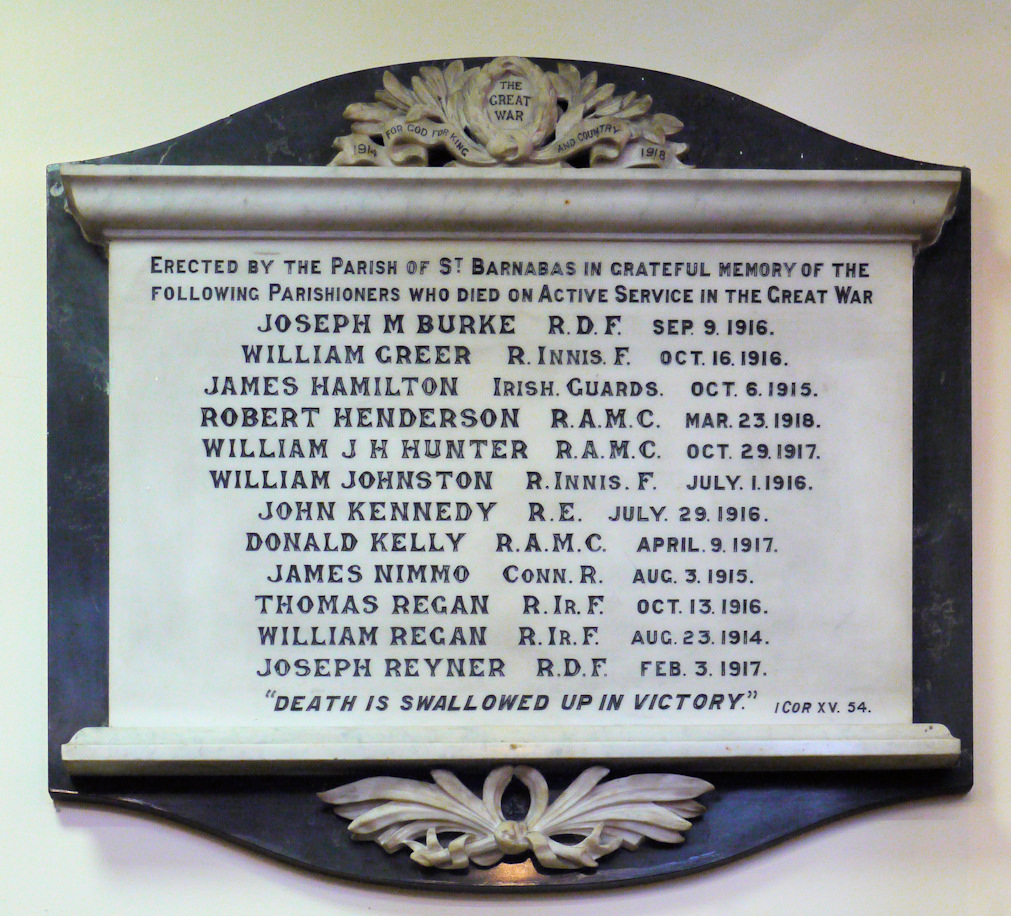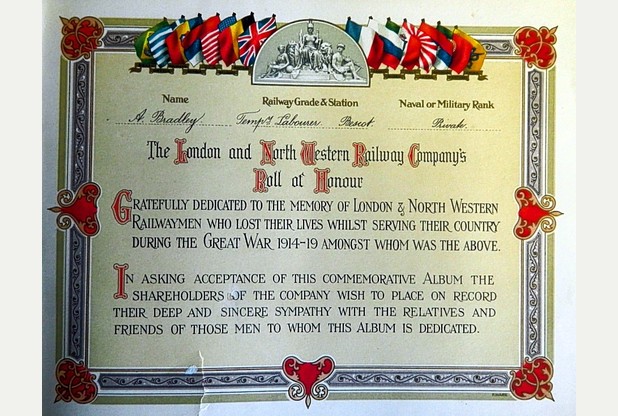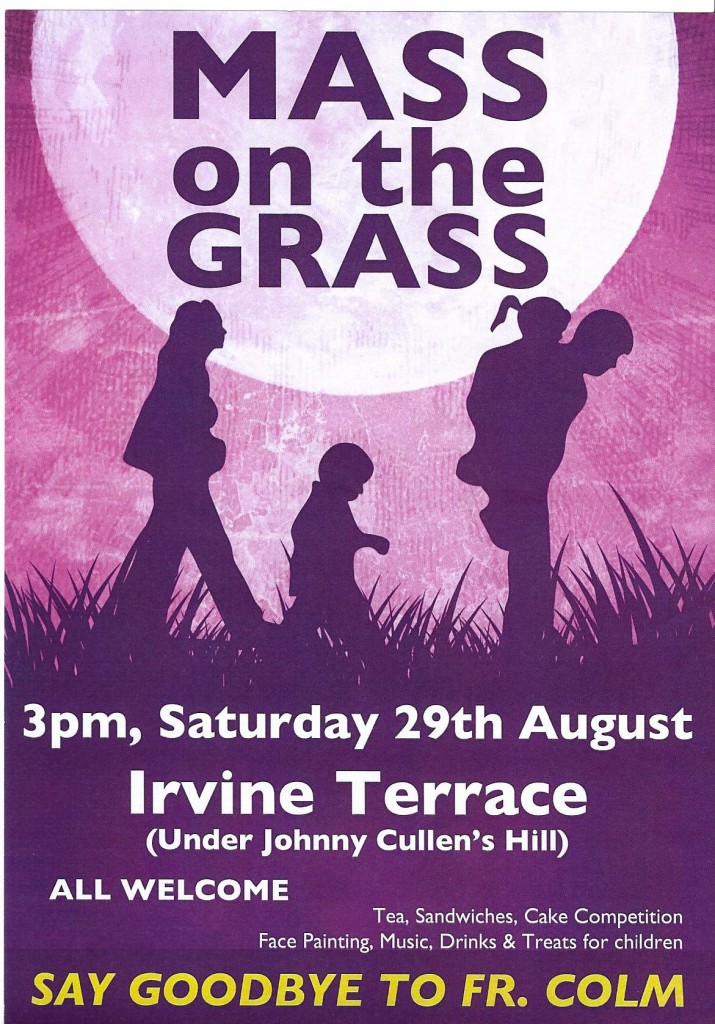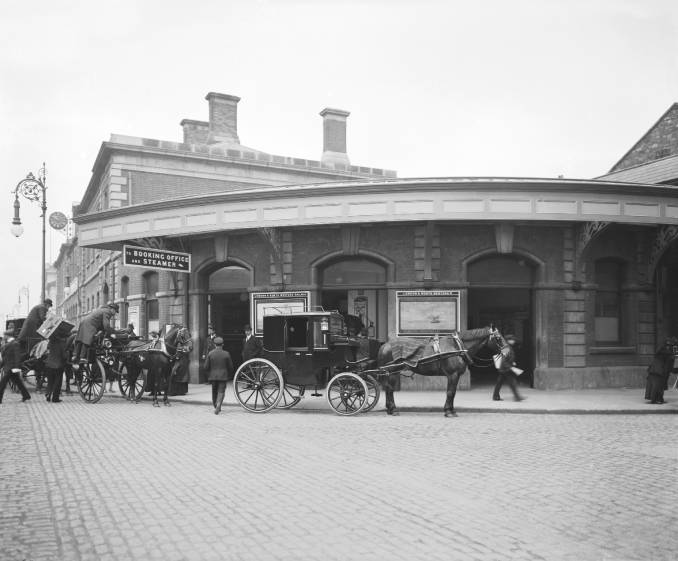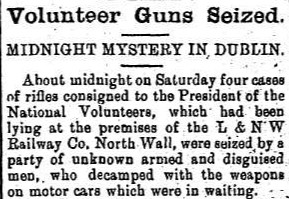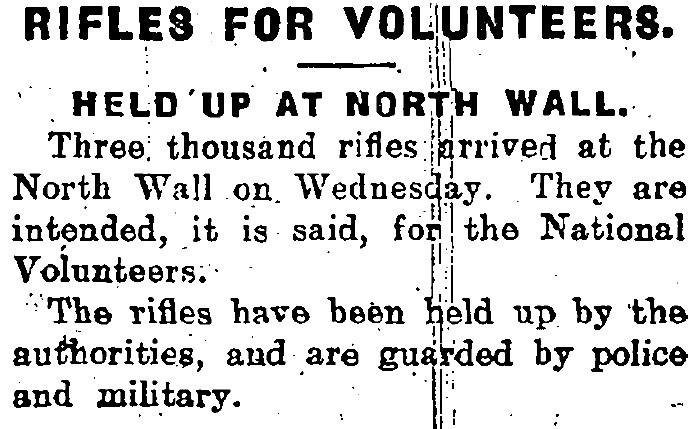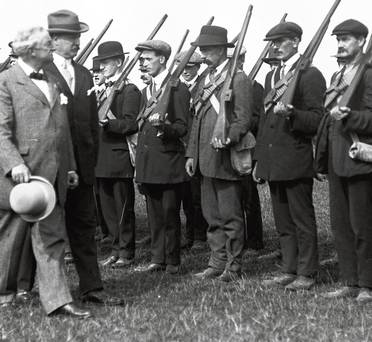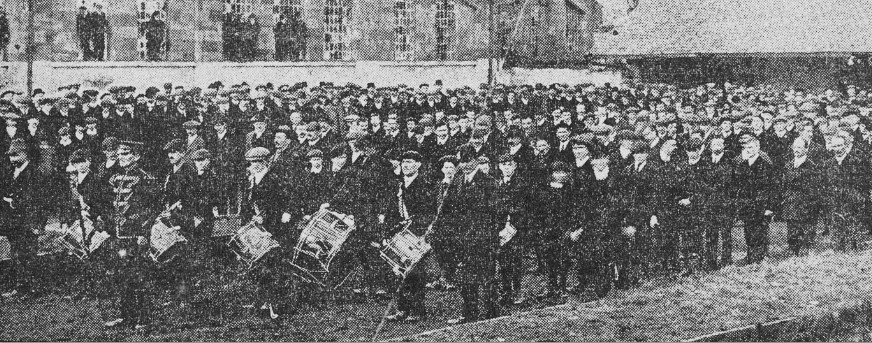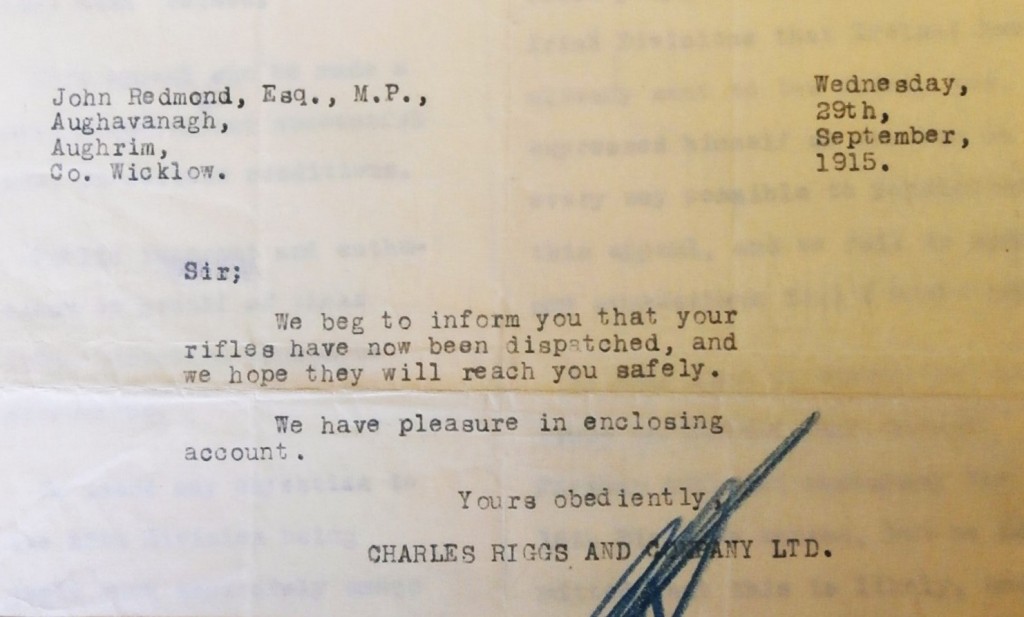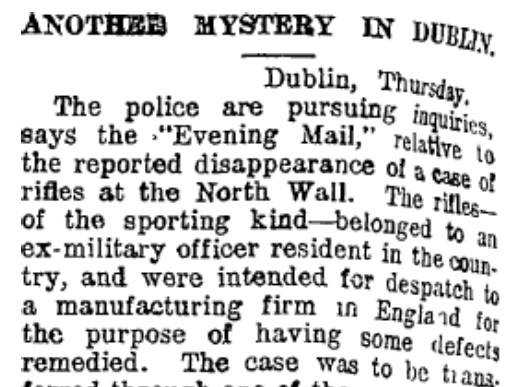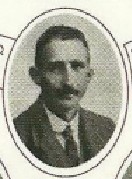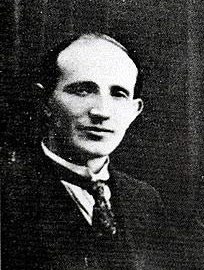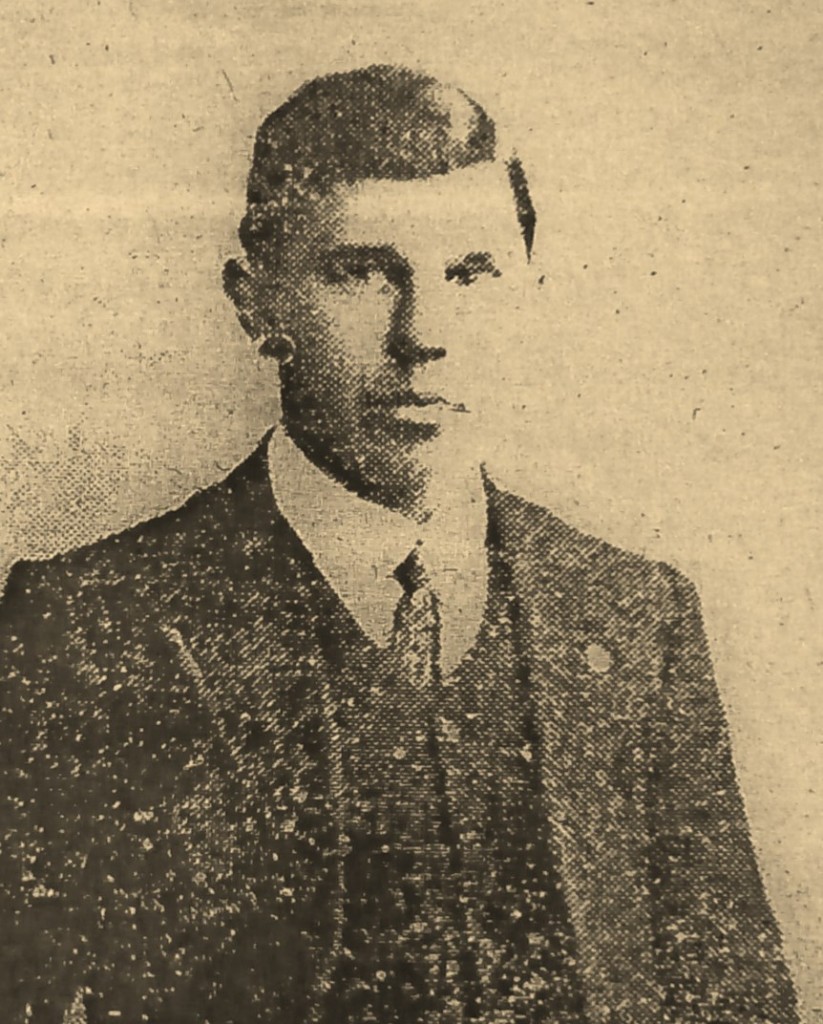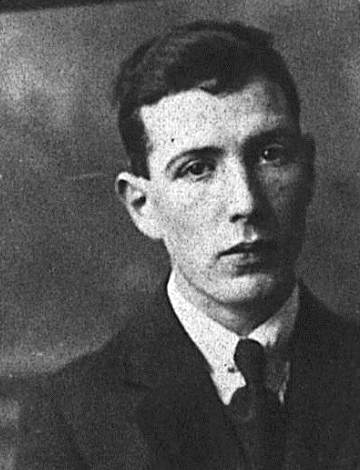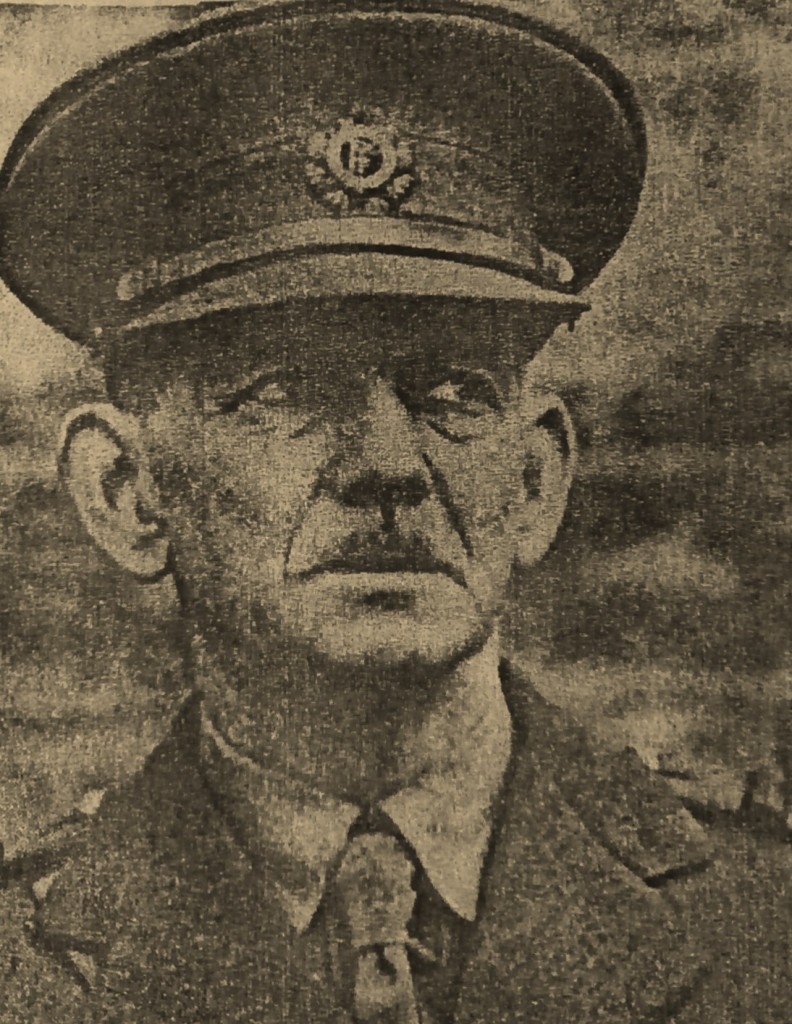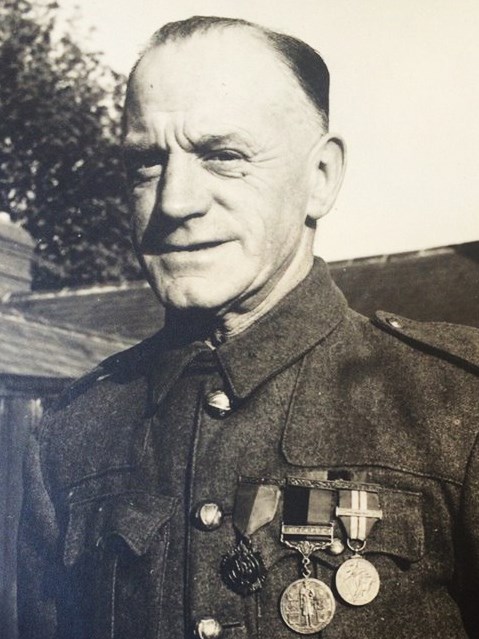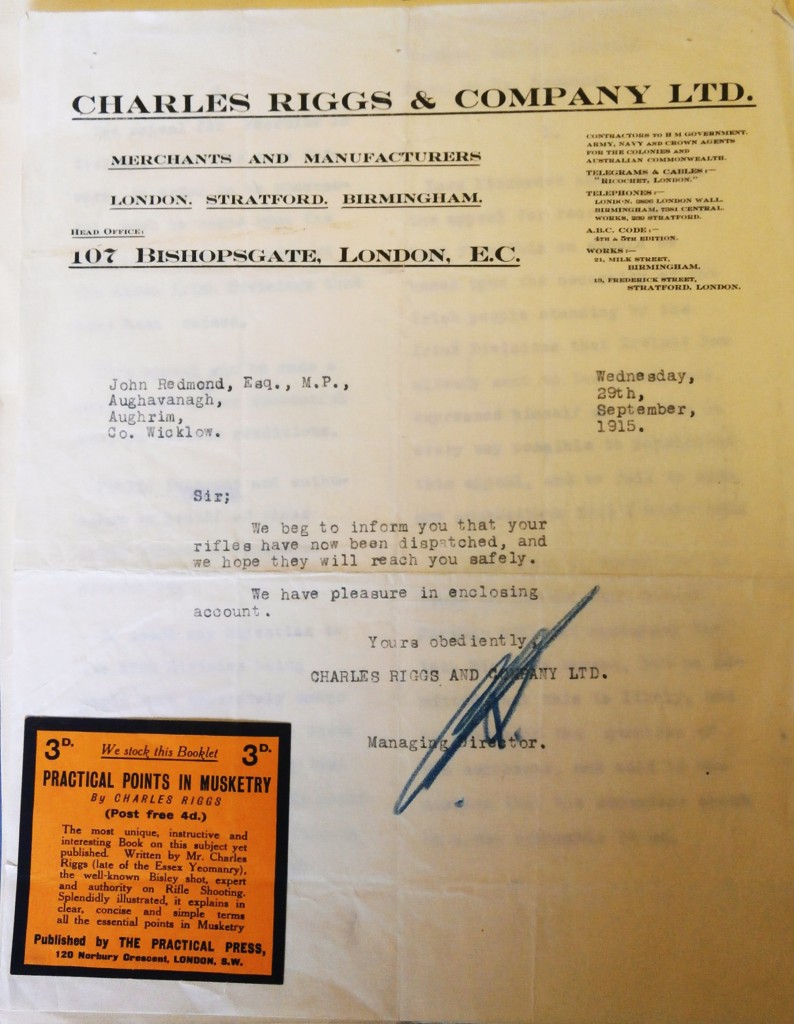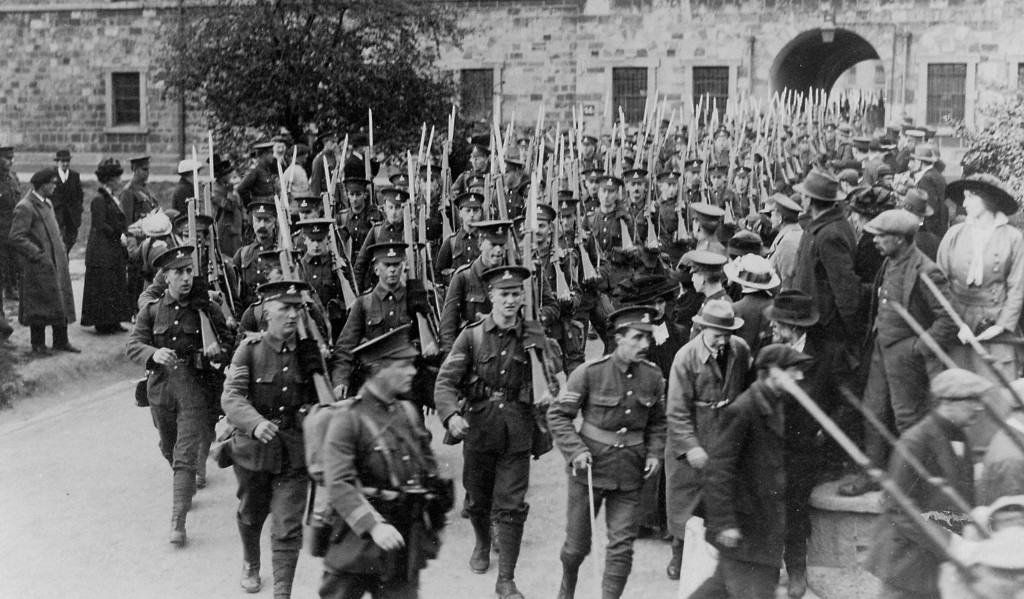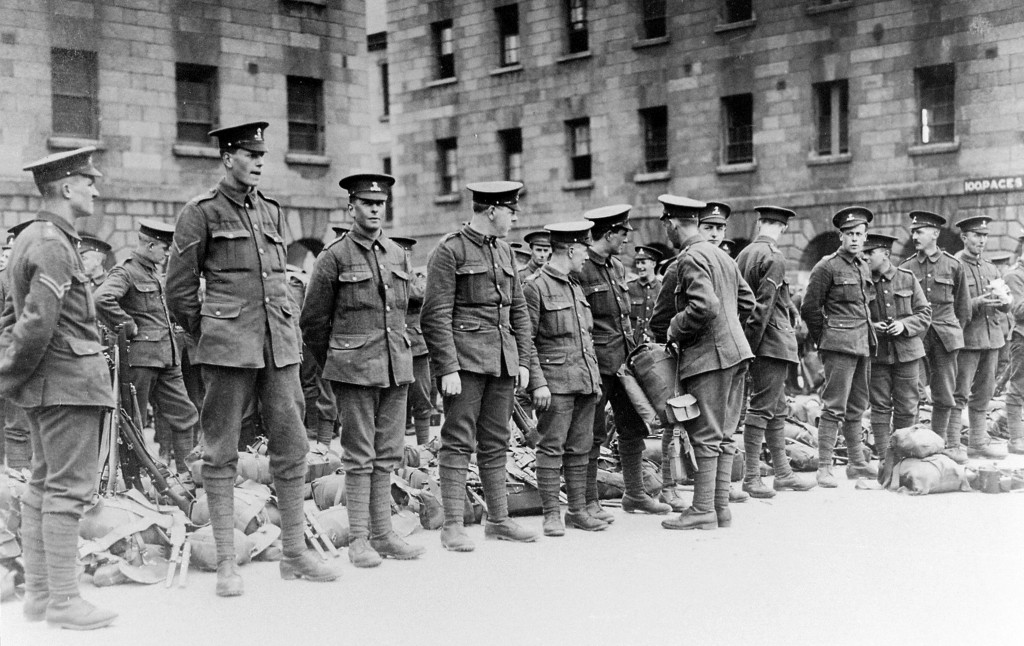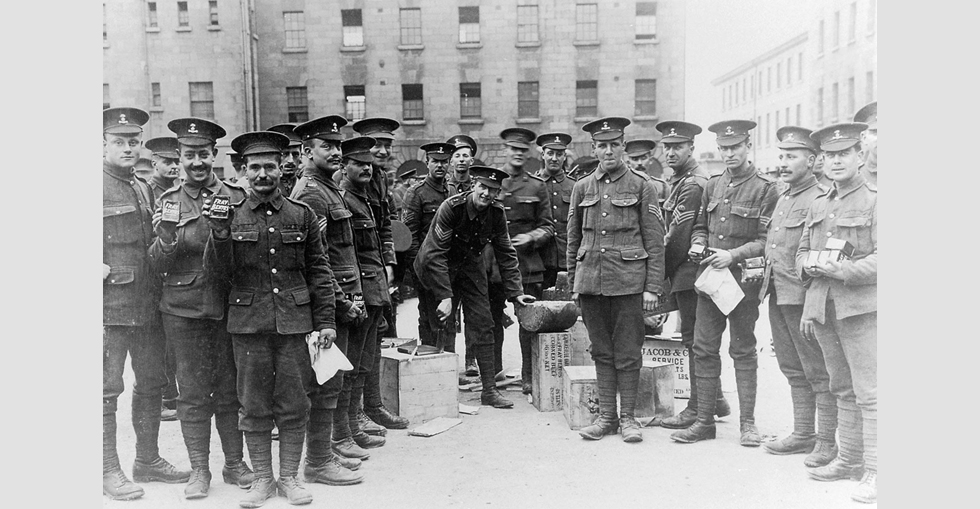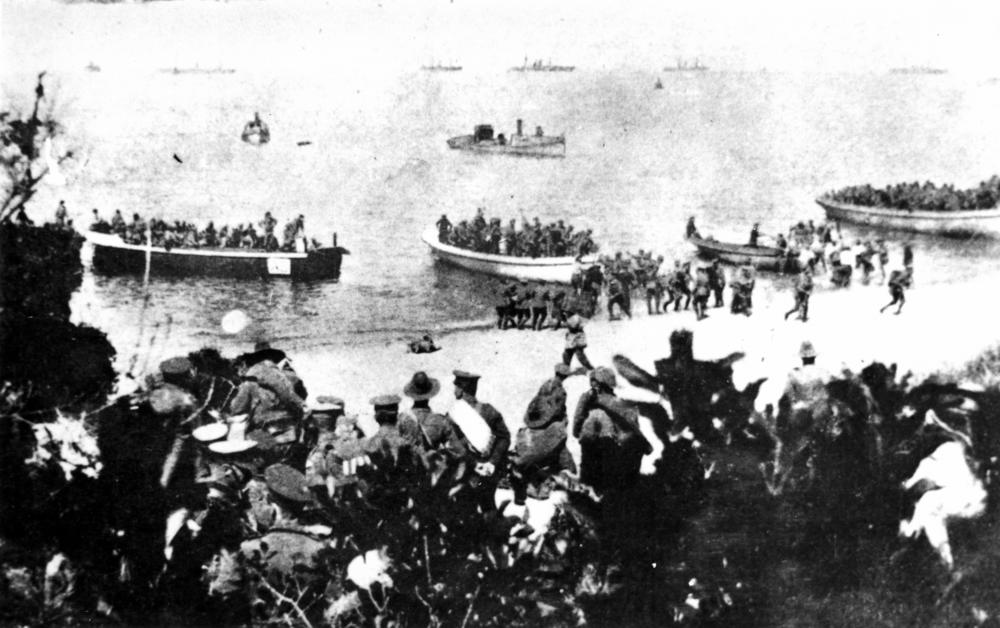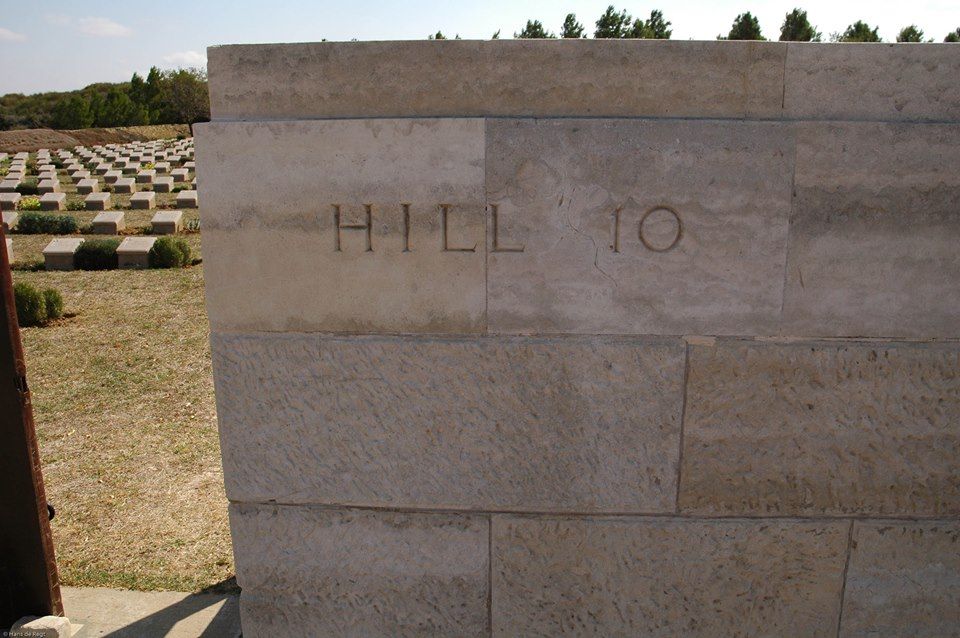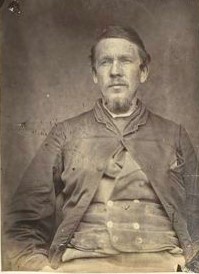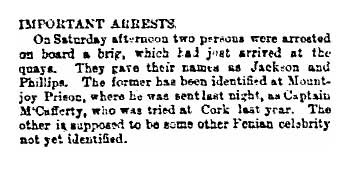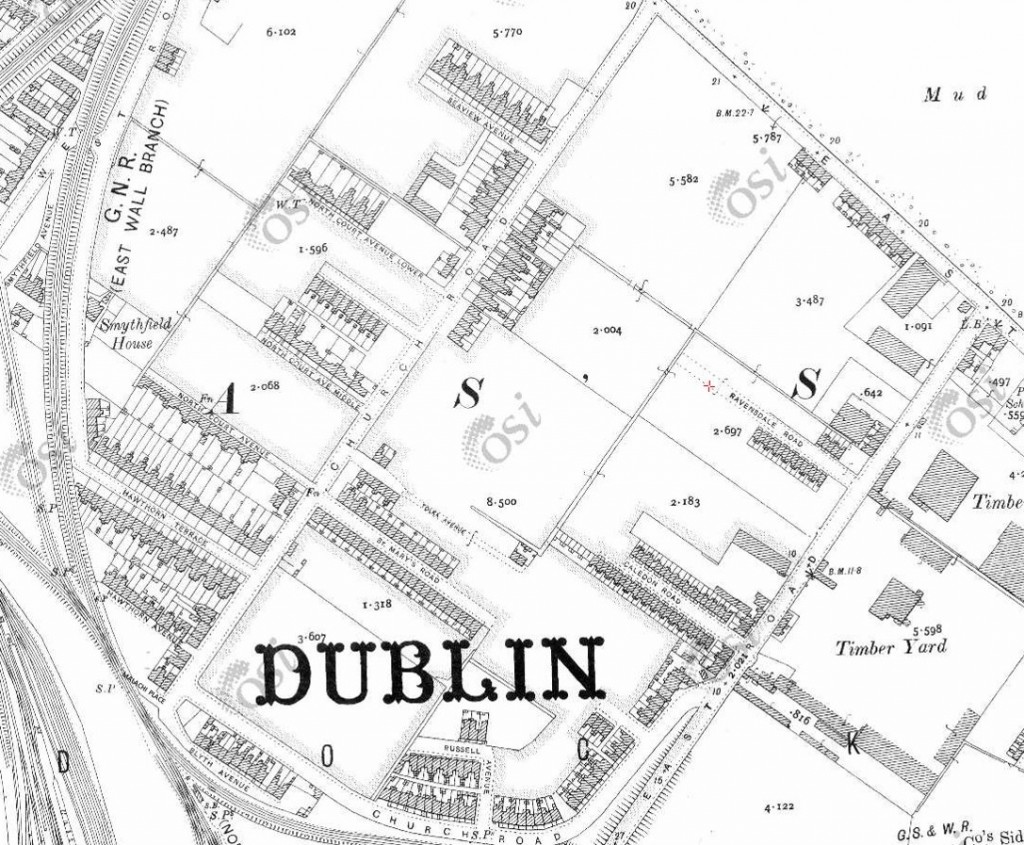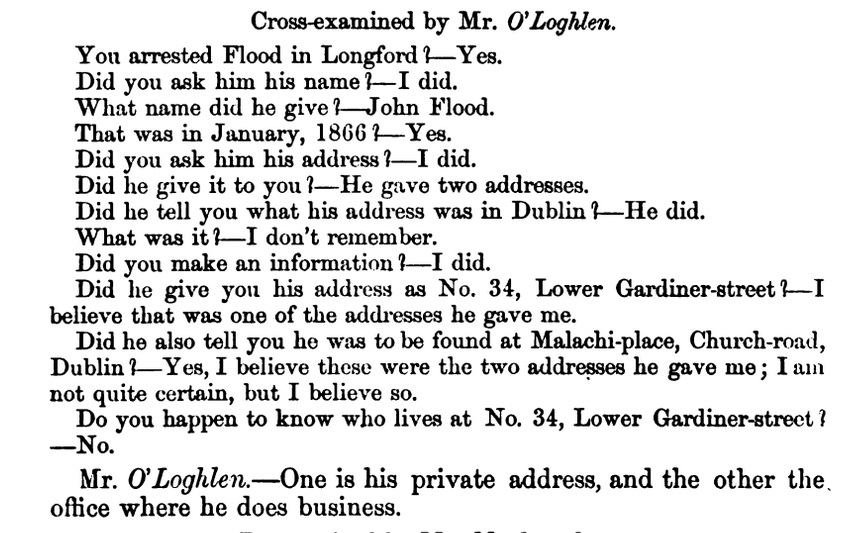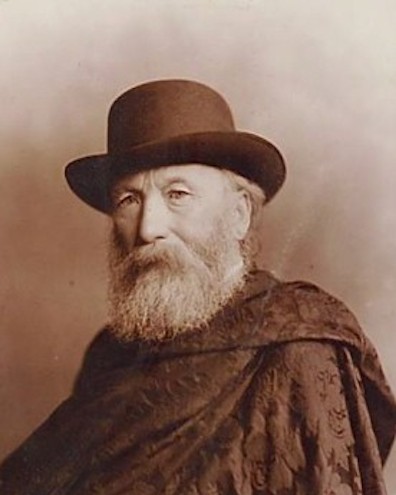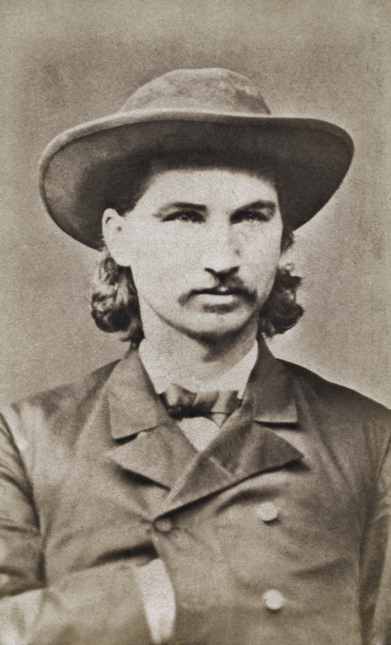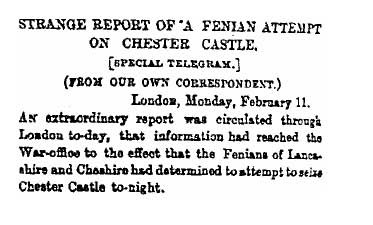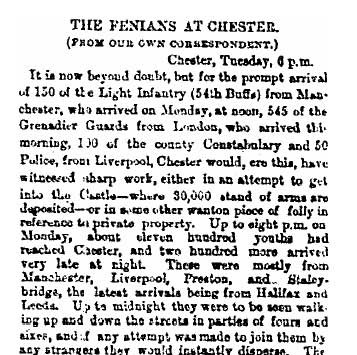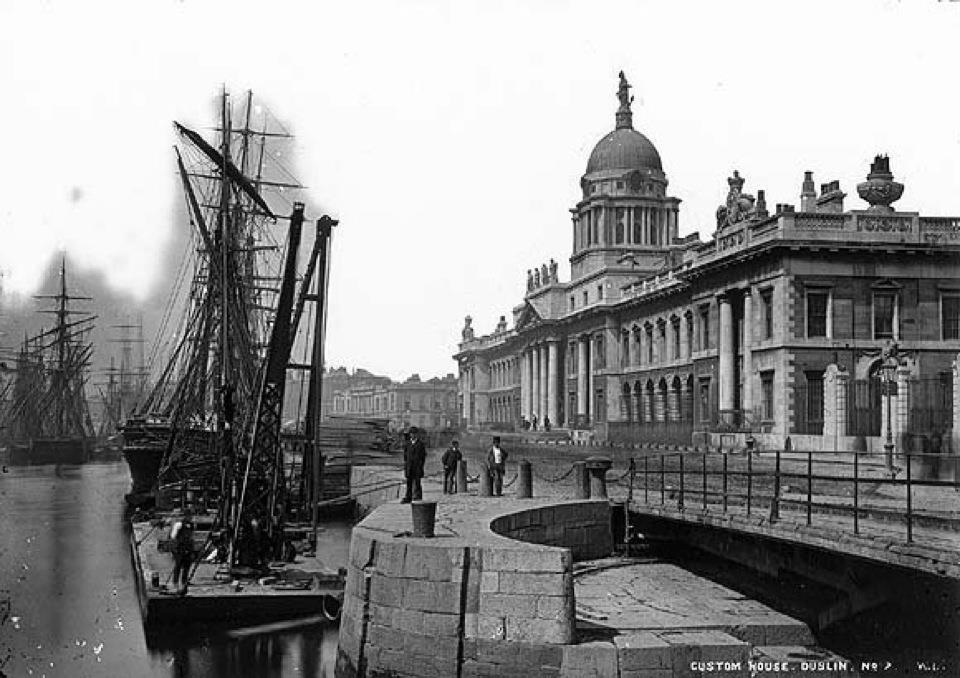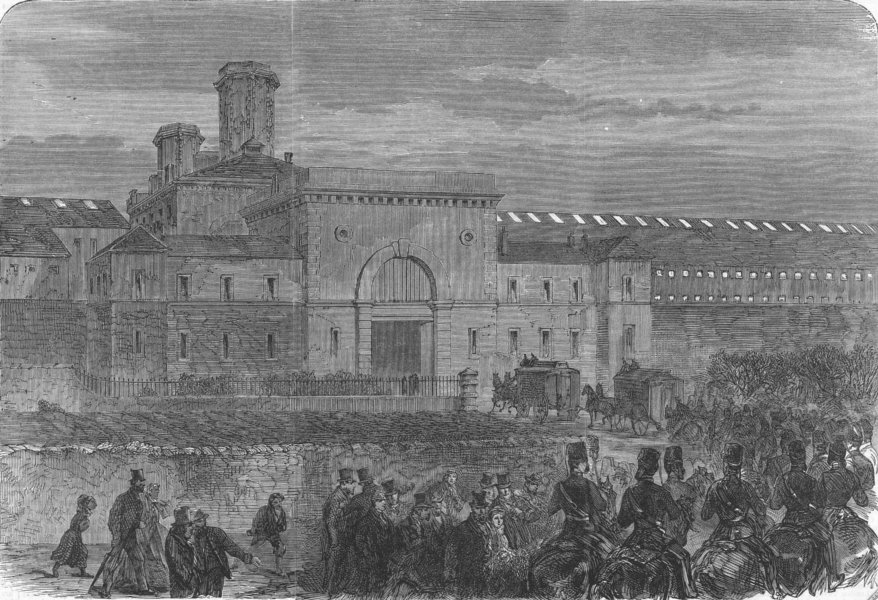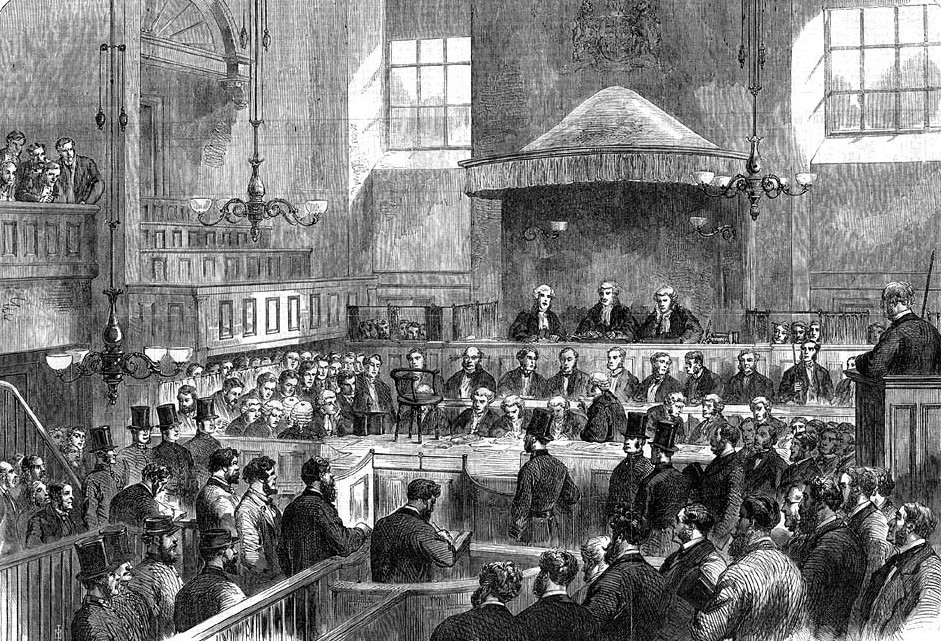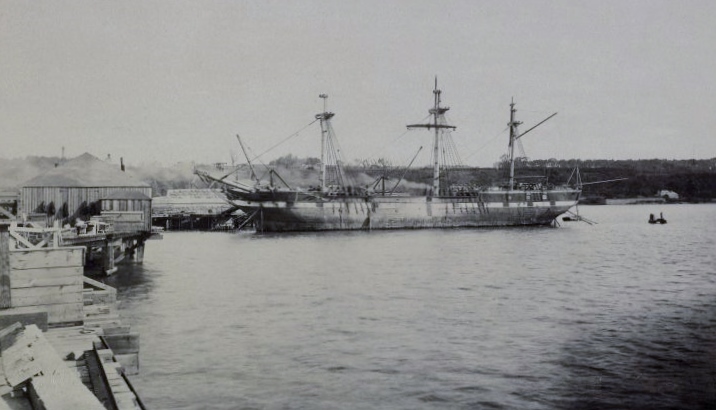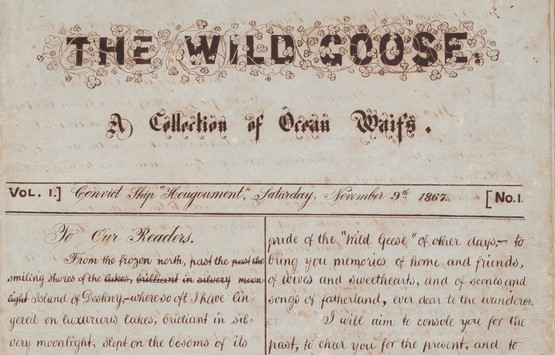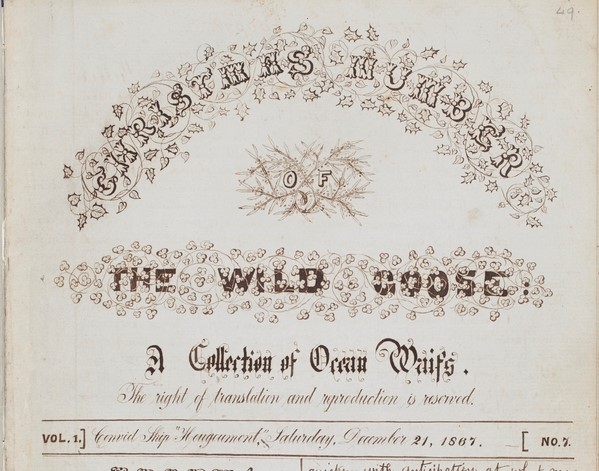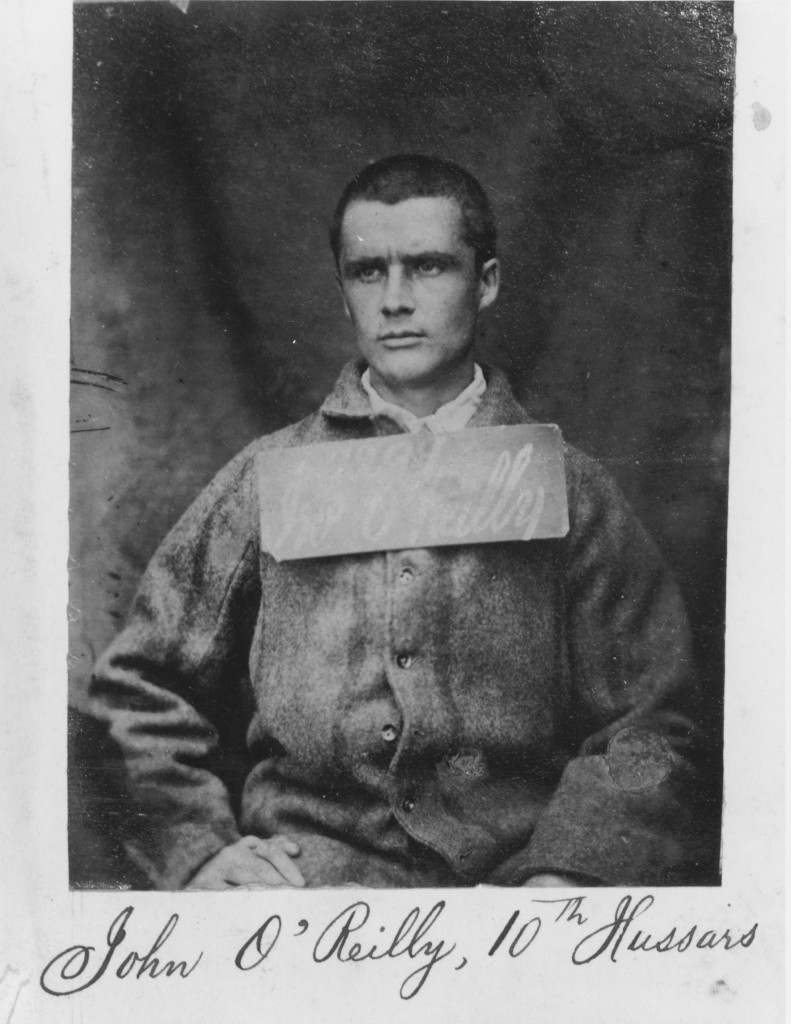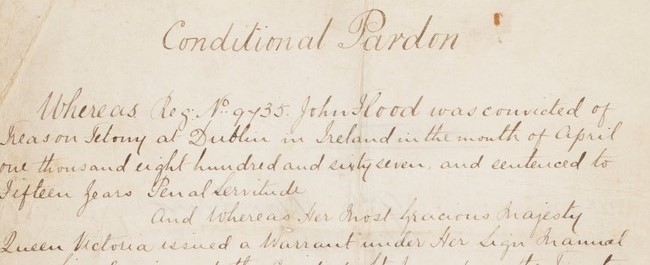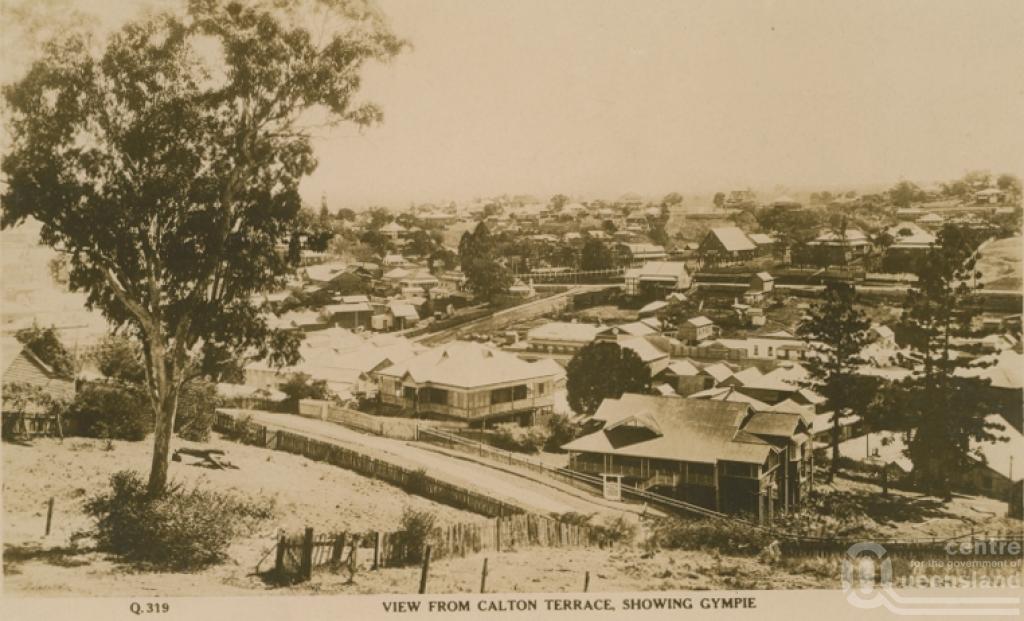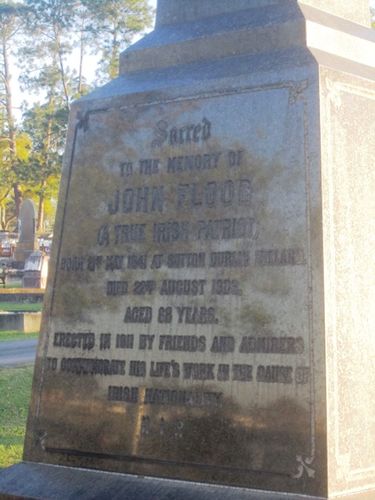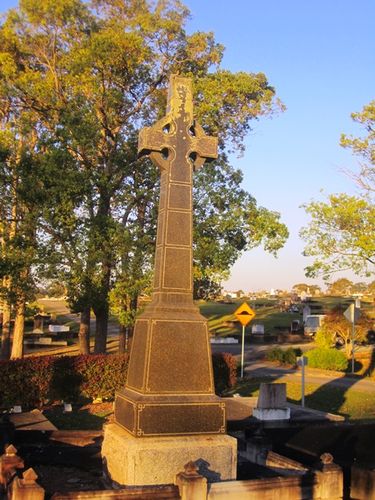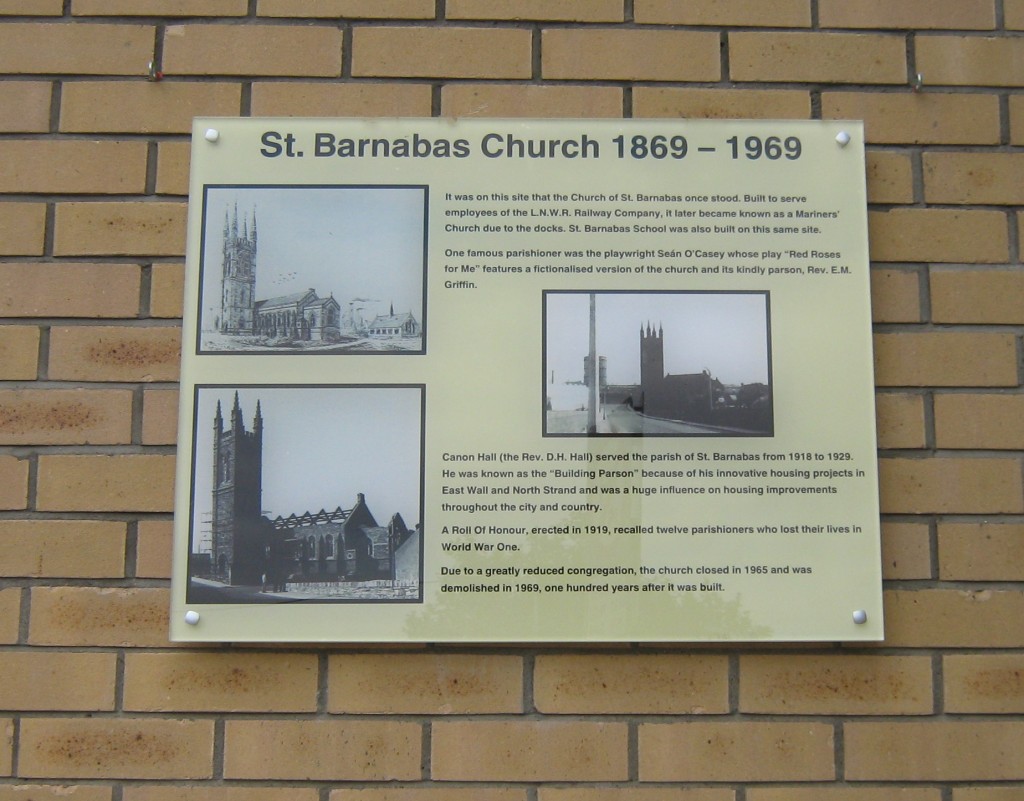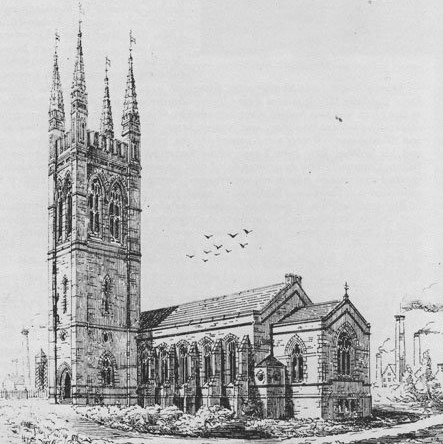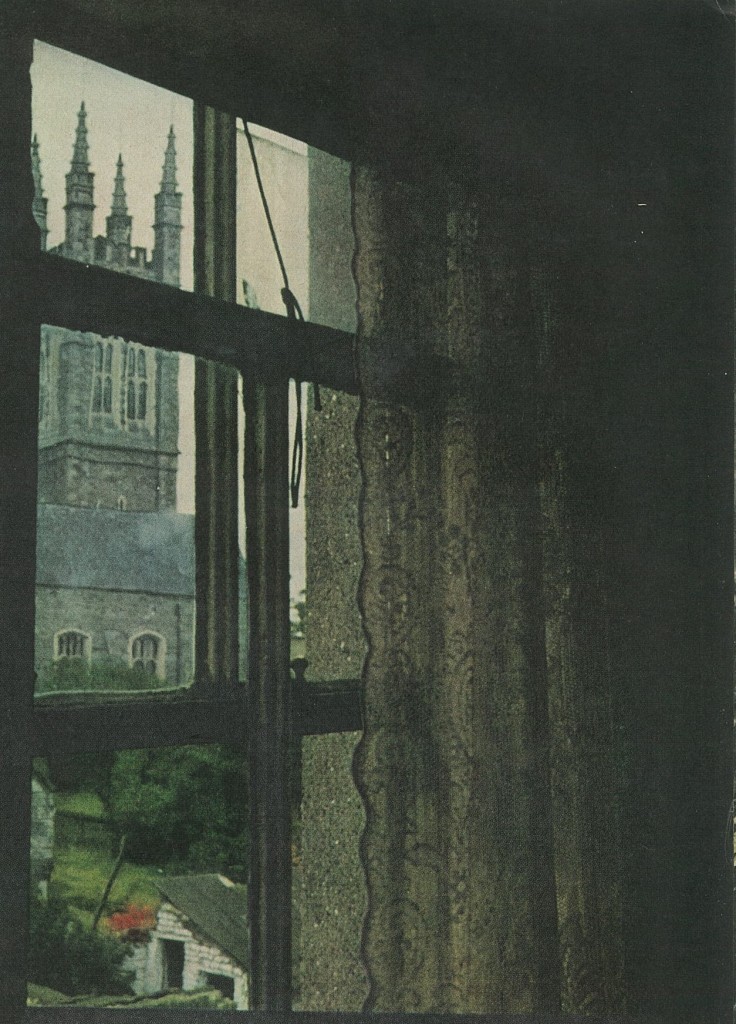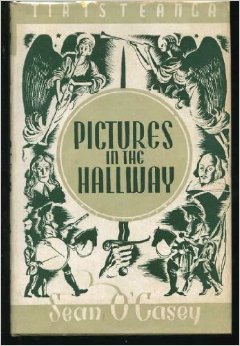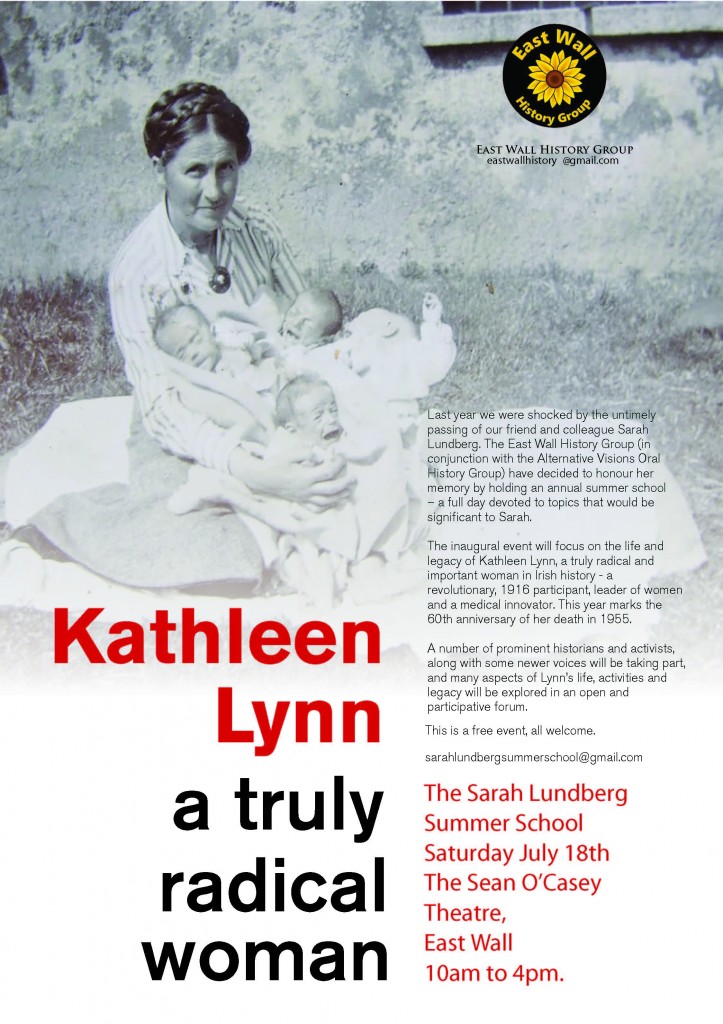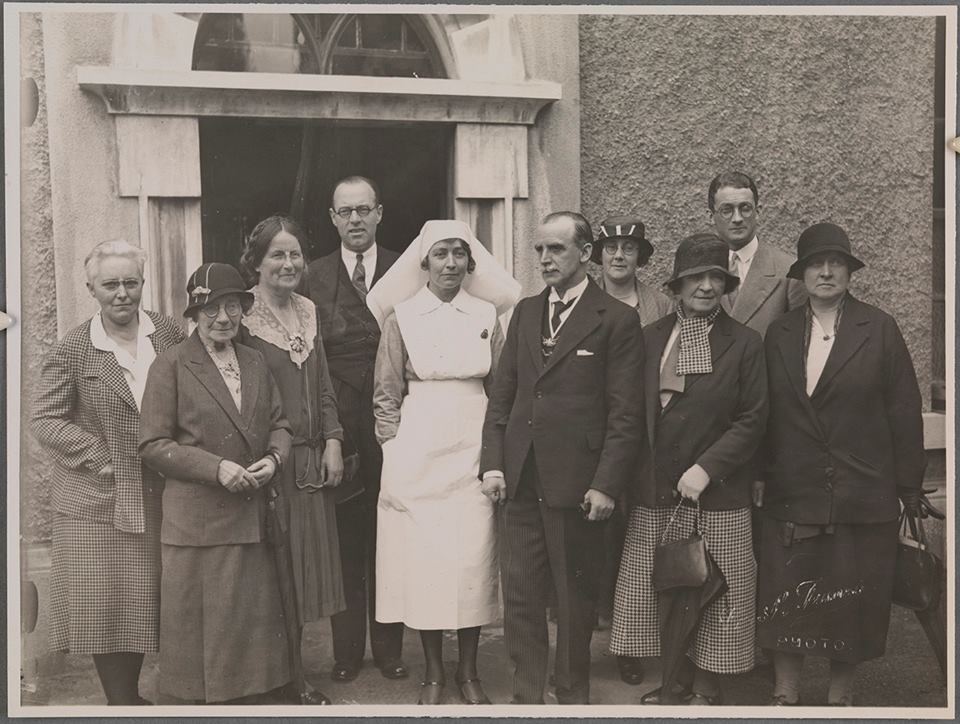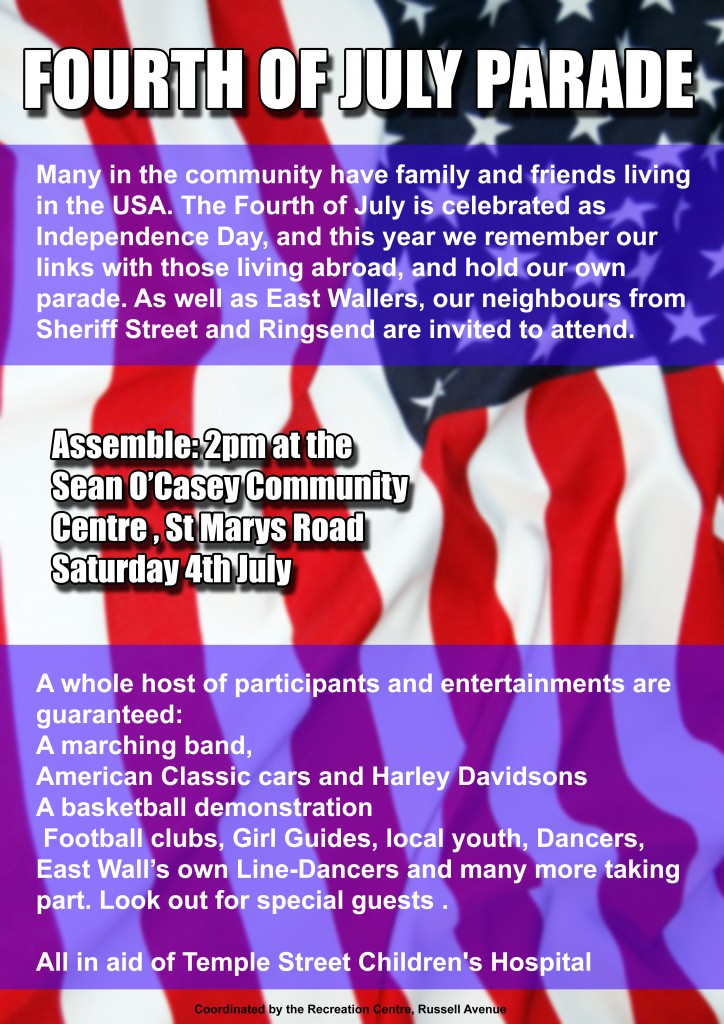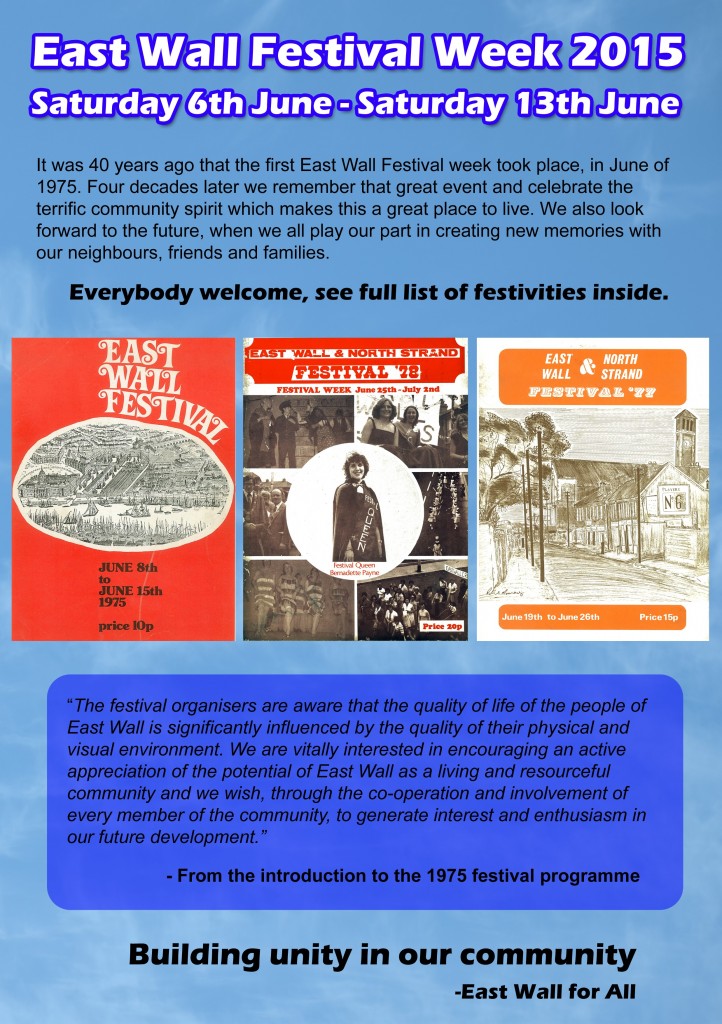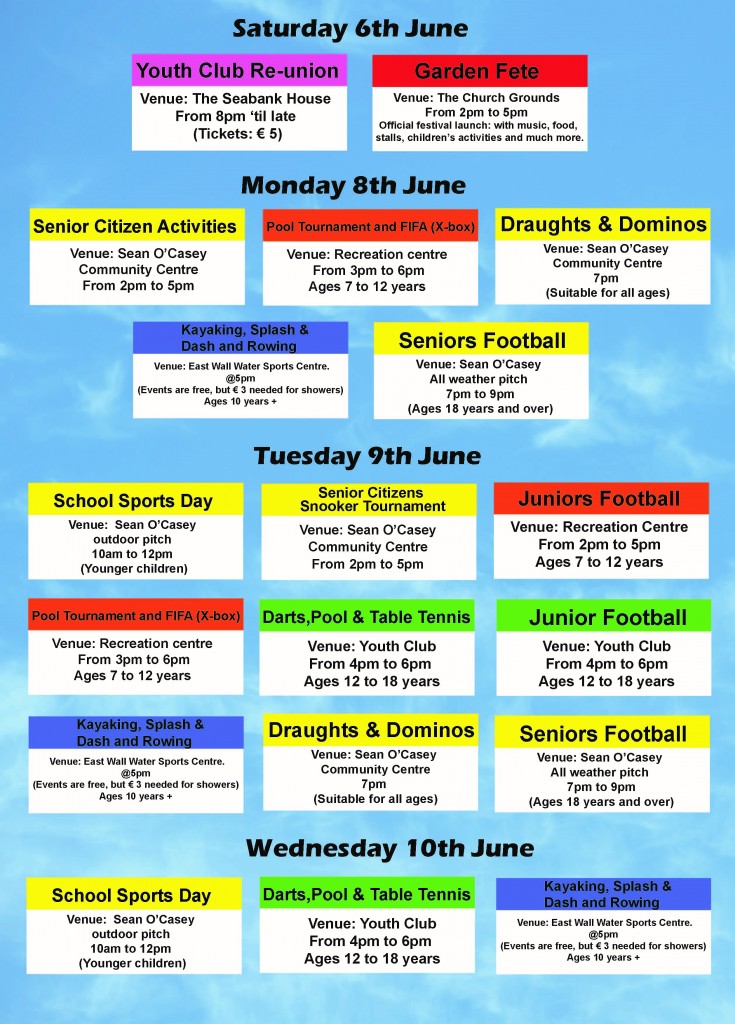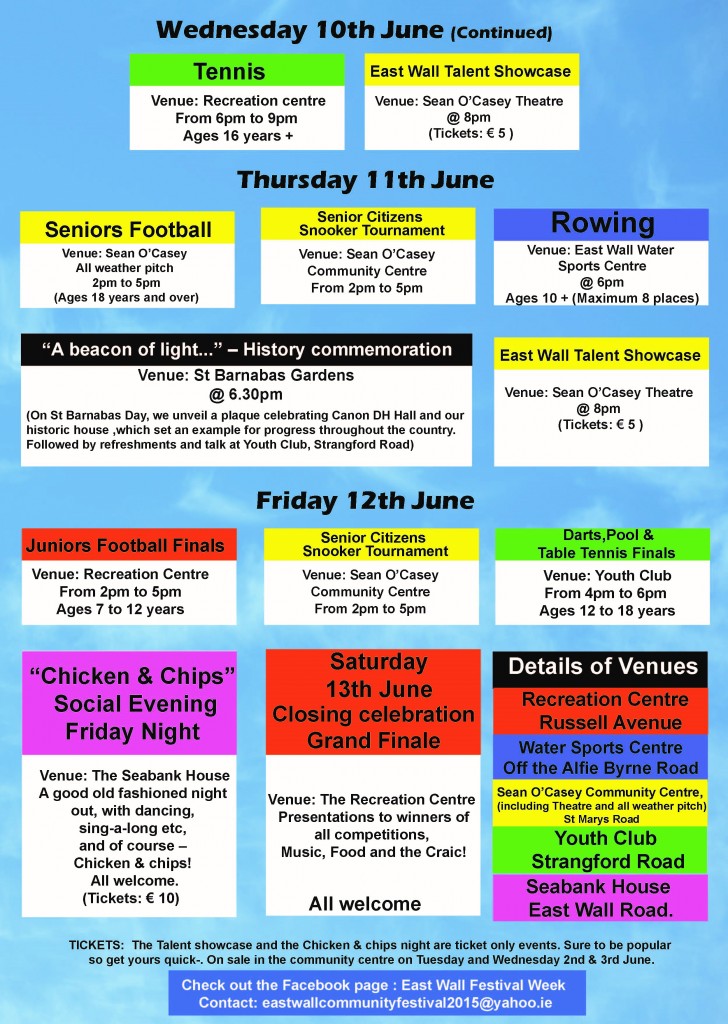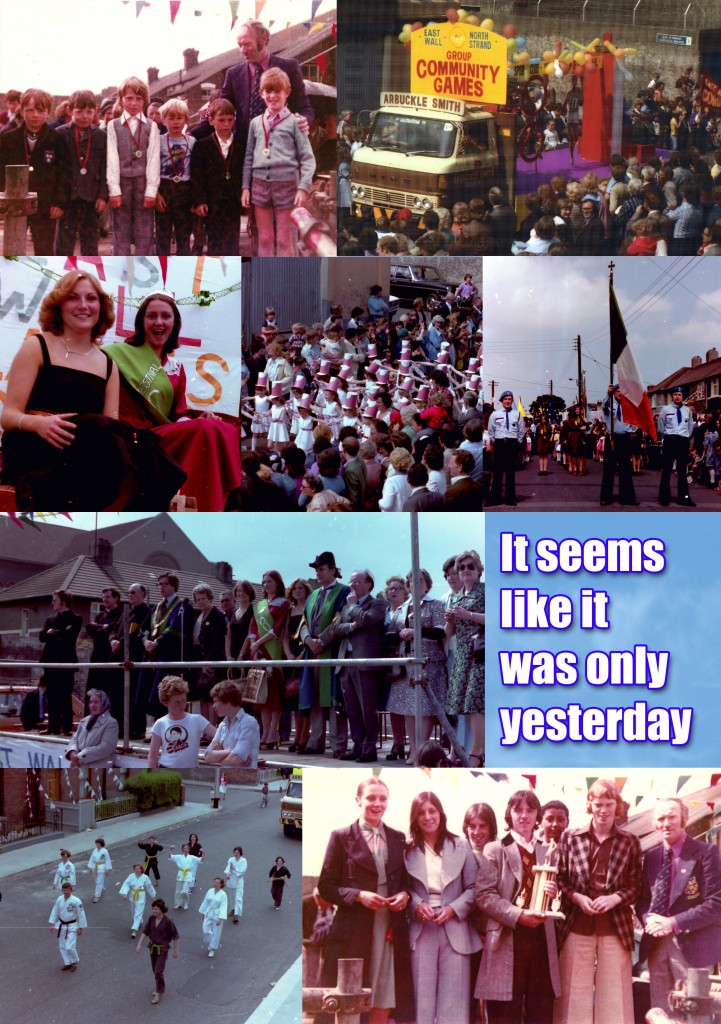Along North Wall Quay, situated between the modern developments at Spencer Dock and the shell of what was to be the Anglo-Irish Bank HQ are two somewhat incongruous red brick buildings. These are the former Hotel and Railway Station of the London and North Western Railway Company, an employer of over 90,000 men and women in the UK and Ireland at it peak and a significant employer in the Docklands in the early 20th Century.
The LNWR name stood for luxury and some sense of it can be found in their Dublin Operation on the North Wall. From their ships there were two tunnels which took passengers directly into the Train Station from where they could take the enclosed bridge directly into the company’s hotel. If you needed to move on fast a short connection would take you to Amiens Street Station and the Great Northern Line, while a number of underground loop lines connected to Broadstone and Kingsbridge (Heuston) Stations and the Great Southern and Western lines.
Like most large employers the LNWR saw it’s staff numbers depleted as war broke out in 1914. It’s been estimated the 38% of their total employees flocked to the colours. Dublin was no different, although it seemed to have been more gradual, with no records of Pal type recruitment such as the 200 Dockers apparently known as “The Larkenites” who joined the 7th Battalion of the Royal Dublin Fusiliers. Many long-serving and well-regarded staff members left including C.E. Pyke (Passenger Office) and E.F. Ellis (Goods Department) who were giving a rousing send-off and presentation wrist-watches when they left to join the North Irish Horse on the 6th April 1916. Even the general Manager, Henry Givens Burgess, lost a son, Captain Robert Burgess of the Royal Engineers, who was killed in France in December 1915.
There is no surviving list of the total number of men from the North Wall Depot who joined up during the Great War. The company’s casualty numbers are still shocking today and motivated the directors and shareholders to mark such an extraordinary sacrifice.
Over 4000 copies of a lavishly produced memorial book were produced with a copy being presented to each of the next of kin of the 3719 former employees of the LNWR who lost their lives in the Great War. It lists all those who died, and also included are the 795 medal winners, 69 mentioned in dispatches, and 52 brought to notice for valuable service. In the opening page it stated “in asking acceptance of this commemorative album the shareholders of the company wish to place on record their deep and sincere sympathy with the relatives of those men to whom this album is dedicated.”
The company had commissioned an impressive war memorial which was to be unveiled at Euston by Field Marshall Haig, K.T. G.C.B; on Friday 21st October at 2.15pm and accompanying the memorial roll was a letter informing relatives “should you or another near relative desire to attend, free travelling facilities (so far as the company is concerned) will be granted”.
The monument does not contain any individual names.Thirteen of those commemorated by the monument and included in the memorial book were from the North Wall section. A look at their stories gives a fascinating snapshot of one workforce on the docks in the early 20 century.
Edmund Luke Cooney (1889 – 1917):
Eddie Cooney had joined the Boys Brigade of his local church at Donnybrook. as a 10 year old. He was the son of Walker William Cooney, an official with the General Post Office in Dublin and is recorded in the 1911 Census as a Railway Clerk. He joined the 9th Battalion Royal Dublin Fusiliers as a temporary 2nd Lieutenant and was killed in France on the 4th June 1917. He was 27 years old and a clerk on the management staff at the LNWR at North Wall. He is buried at Loker Cemetery in Belgium.
James Crilly (1888 – 1918) Private, Reg. No. 7951:
James Crilly was from Phibsborough and worked as a messenger for a Mr Gallagher when he was attracted to join the 5th Reserve Battalion of the Royal Dublin Fusiliers as a 17 year old in April 1905. He transferred to the Leinster Regiment in the regular army. Having finished his service he was working as a Carter with the LNWR .As a reservist he would have been among the first to be called up. He was serving with the 2nd Battalion of the Leinster Regiment when he died of wounds on 4th May 1918. He is buried in Ebblinghem Military Cemetery, France.
Peter Daly: Driver, Reg. No. 100409;
Peter Daly was a Cattle Porter with the LNWR when he joined the 20th Reserve Battalion, Royal Field Artillery as a Driver. He was at a base in Huddersfield when he was involved in an unfortunate accident from which he died on the 25th March 1916. He is buried at Edgerton Cemetery, Huddersfield.
Michael Dowman (1884 – 1914) Private Reg. No. 8871;
Dublin born Michael Dowman was a Quay Porter with the LNWR and was among the early recruits in 1914 when he joined the 2nd Battalion Royal Dublin Fusiliers, (which suggests he may have had previous service and was a reservist). He was married to Mary but it’s unknown if there were any children. He was killed on the 27th August 1914. He was possibly related to Frederick Dowman, also of the 2nd Battalion Royal Dublin Fusiliers killed in action on 25th May 1916. He is commemorated on the La Ferte-Sous-Jouarre Memorial.
Thomas Joseph Doyne (1861 – 1917) Quartermaster Sergeant, Reg. No. 3/11524;
Born in Celbridge, County Kildare, Thomas Doyne was a career soldier who joined the the Duke of Wellington West Riding Regiment in 1881. Doyne served much of his time
abroad in Nova Scotia, Bermuda, Barbados, South Africa, and in India rising to the rank of Sergeant on 24th June 1897. In 1899 he married Bridget O’Hara at St Patrick’s Cathedral in Bangalore India and retired from the army in 1907 after 20 years service. He returned to Dublin, living at 2 Irvine Cottages, where he worked with the LNWR as a labourer. Although in his fifties and an army pensioner he joined up at the outbreak of war and was killed on the 17th February 1917. He is buried at Heilly Station Cemetery, Mericourt – L’Abbe.
Thomas Gordon Fitzpatrick (1880 – 1916):
Fitzpatrick was born in Kingstown (DunLaoghaire) in 1880. His father, the Rev. W. Fitzpatrick had seen service with the Indian Chaplain Department, so he had a military background. At the outbreak of World War I he was on the management staff and volunteered for service as a Lieutenant with the 8th Battalion Royal Dublin Fusiliers. By May 1916 he had been promoted to Captain and was mentioned in dispatches by General Sir Douglas Haig for gallant and distinguished service in the field. Fitzpatrick was killed in action at Leuz Wood on the 6th September that year. He was married and had 9 children. He is buried at Serre Road Cemetery No. 2.
George Habgood (1884 – 1918) Sergeant; No. 32429;
Born in Gibraltar, George Habgood seems to have come from a military background and had served with the Lancers before coming to live with his Aunt and Uncle at 26 Ballybough Road. The 1911 census lists him as a Canteen Waiter and was probably then working at the LNWR Hotel. As a reservist he was called up at the outbreak of war. His will lists a wife, Mary Francis, living at 21 Ossory Road, whom he had married in 1912. Habgood was serving as a Sergeant with the 14th Battalion the Royal Warwickshire Regiment when he was killed in action on the 28th August 1918. He is buried at Foncquevilliers Military Cemetery.
J.T. Hewson:
Hewson was listed as a Goods Porter with the LNWR North Wall Depot. He may have been the John Hewson, nephew of Patrick Hewson, 3 Hewson Cottages in the North Dock, recorded in the 1911 Census. No other information is available.
Patrick Francis Kelly ( – 1915) Lance Corporal; Reg. No. 16757;
Kelly was a Carter at the North Wall and served as a Lance Corporal with the 2nd Royal Dublin Fusiliers when he was killed on the 26th April 1915. Commemorated at Ypres Menine Gate Memorial, burial place unknown.
Jeremiah Lacey (1899 – 1917) Driver, Reg. No. 205785;
One of 9 children from Upper Sheriff Street, Jeremiah Lacey was working as a Crane Boy with the LNWR at the North Wall as a 14 year old. He joined the B Battalion, 150 Brigade, Royal Field Artillery as a driver and was killed in action on the 29th July 1917. He was aged 19. He is buried at Brandhoek New Military Cemetery.
Sylvester Mullen (1880 – 1916) Lance Sergeant; Reg No. 14433;
Dubliner Sylvester Mullen was a Boer War veteran having served with the Royal Dublin fusiliers. In 1911 he was living in Golden Lane and listed as a General Labourer. By 1914 he was working a Casual Quay Porter with the LNWR at North Wall. He was married with 3 of his 5 children still living. Called up at the start of the war, he was a Lance Sergeant with the 5th Battalion Royal Dublin Fusiliers when he was killed in action on the 29th April 1916. Mullen is commemorated on Loos Memorial and was buried at Terlincthum British Cemetery, Wimille, France
Joseph. Reynor (1888 – 1917) Reg No. 24802:
Joseph Reynor was born in Nenagh, County Tipperary. In 1911 he is recorded in the Census as working as a Railway Porter and living at 11 Leland Place in the North Dock. He married Caroline in 1910 but it is unknown if there were any children. Reyner was serving with the 8th Battalion Royal Dublin Fusiliers when he was killed in action in France on the 3rd February 1917. He is commemorated on the St Barnabas Parish Memorial, unveiled in 1919 (and now in the Ivy Church on North Strand Road). He was buried Bailleul Communal Cemetery, Extension Nord.
George Wright:
Wright was a Sergeant and Quay porter with the LNWR. No other information is available.
———————————————————————————————————————————————————–


